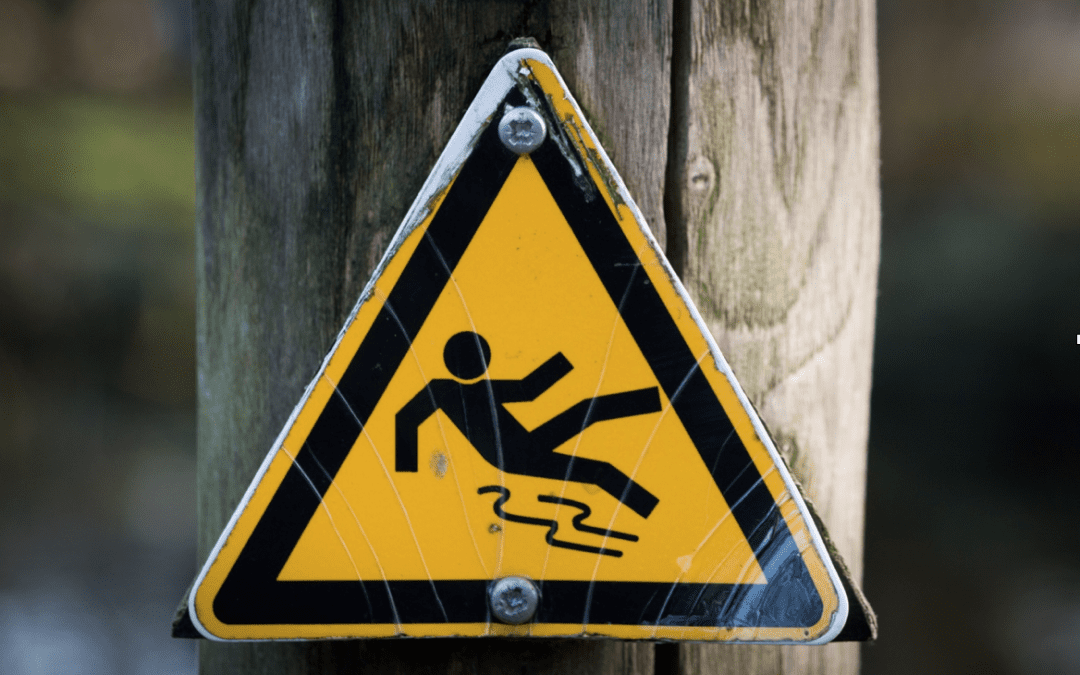Every year one in four people over 65 falls. That means that millions of older adults fall every year, and 1 in 5 of those falls results in serious injuries like broken bones or a head injury. Less than half of the people who fall will tell their doctor, maybe out of embarrassment or maybe because they assume that falling is a part of the aging process. But falling is not inevitable, and with some help from your doctor and your physical therapist, your chances of falling can be significantly reduced.
Research has shown that many risk factors contribute to falls. Some risk factors can be changed, like lower body weakness, difficulties with walking and balance, vision problems, use of certain medications, foot pain or poor footwear, and home hazards like throw rugs, extension cords, and uneven steps or floors.
A physical therapist can screen you for fall risk. They can also have a positive impact on many factors to reduce your fall risk through interventions like strengthening exercises, balance training, or teaching you to use a device like a cane or a walker to keep you more steady when you’re walking. A physical therapist can also teach you how to make easy changes around the house that can reduce your risk of falling. Some easy examples would include:
Using night lights to help your vision at night
Removing throw rugs, extension cords, or clutter that you could trip over
Installing grab bars near the toilet or bathtub
A PT can help you work other professionals like your eye doctor if your vision is increasing your fall risk or with your doctor or pharmacist to review your medications to see if they could be making you feel dizzy, weak, or sleepy.
Falling is common in people over the age of 65, but that doesn’t make it a normal part of the aging process. If you have fallen, your chance of falling again is doubled, but by working with your physical therapist and the rest of your healthcare team, you can reduce your fall risk and maintain your independence.

